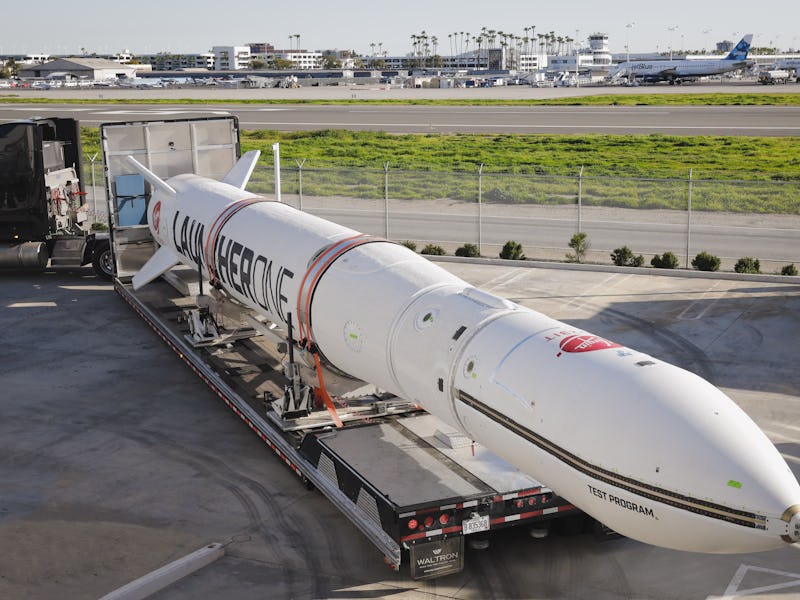Virgin Orbit: why first failed launch is actually incredibly valuable
The firm is aiming to reach orbit with its LauncherOne rocket, but its first attempt didn't go to plan.

Virgin Orbit, the Virgin Galactic spin-off aimed at orbital rocket launches, has dug a little deeper into its failed debut mission last week.
The LauncherOne rocket didn't make it into orbit as the team hoped, but on Wednesday, Virgin Orbit declared it would move on with "more confidence than ever." That's because the mission demonstrated the effectiveness of certain parts of the team's plans, while also providing data to improve in the future.
The team's update shed a little light on the May 25 launch. The mission sent up a Boeing 747 dubbed Cosmic Girl, equipped with a LauncherOne rocket designed to fall from under the plane, ignite and launch horizontally. The rocket successfully detached and ignited its engines, but after about nine seconds of success, an unknown anomaly occurred and the mission was terminated.
It was expected to be Virgin Orbit's big debut, challenging the likes of SpaceX and Blue Origin and cementing itself in the emergent new space race. The company's horizontal approach to launches is novel – the classic image is of a rocket perched vertically on a launchpad – but Virgin Orbit believes it could require far less new infrastructure to expand rocket launches. Airports are practically everywhere, after all.
But despite the seeming setback, Virgin Orbit has been keen to highlight the positives, like the number of firsts achieved by the Monday event. It was the first orbital launch attempted from Mojave Air and Space Port, and the first time anyone had ignited such an orbital-class rocket. The rocket also detached cleanly from the plane, flew correctly according to the team's models, and the guidance system successfully moved the rocket.
"Each of these items is a huge achievement for our team, and we are thrilled to have accomplished so many of them in our first launch demo mission," the team wrote.
Wednesday's update didn't explain why the mission failed. The team explained that "we cannot yet say conclusively what the malfunction was or what caused it, but we feel confident we have sufficient data to determine that as we continue through the rigorous investigation we’ve already begun." What is known, the team claims, is that "every part" of the system "did exactly as we designed it to do," based on information from hundreds of sensors.
What is known is that a failure extinguished the engine, which meant it could no longer control flight. The rocket ended up in the ocean, without bringing harm to others.
From here, the plan is to quickly sift through the data and work to improve for next time. Virgin Orbit is working on a series of rockets, which means it can quickly make changes if needed and continue the development process. But as for when the next launch may occur, the team claims it's "too soon to say."
The Inverse analysis – Virgin's failure may seem like an odd thing to celebrate, but data is vital when developing rockets.
In May 2019, NASA's associate administrator of human exploration Bill Gerstenmaier told the U.S. House of Representatives that a recent test failure was a "gift." The agency was working with SpaceX on its Crew Dragon, but during a test the parachute failed.
"We have gotten data that is unique, that will help us design and understand if this is something that needs to be fixed, or if this is something that was just a nuance of the test and the configuration,” Gerstenmaier explained.
While a mission failure is a setback, Virgin's failure is perhaps unsurprising – the team noted ahead of launch that half of all maiden flights end in failure. But as it took SpaceX four attempts to reach orbit, the failure of a maiden voyage doesn't necessarily spell the end for Virgin's mission.